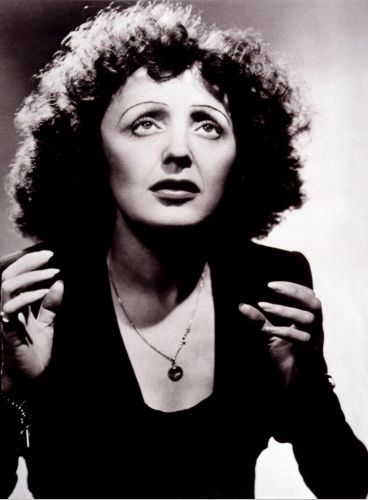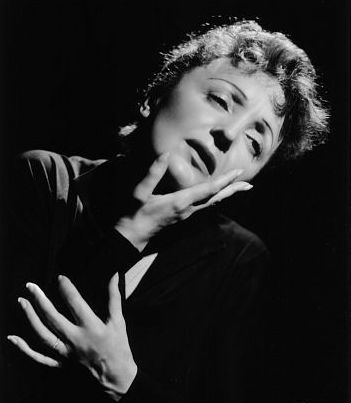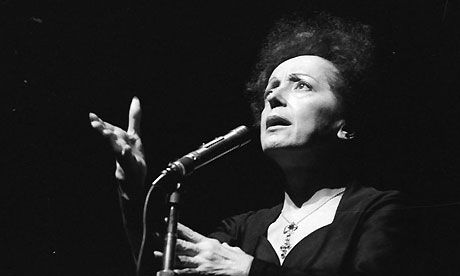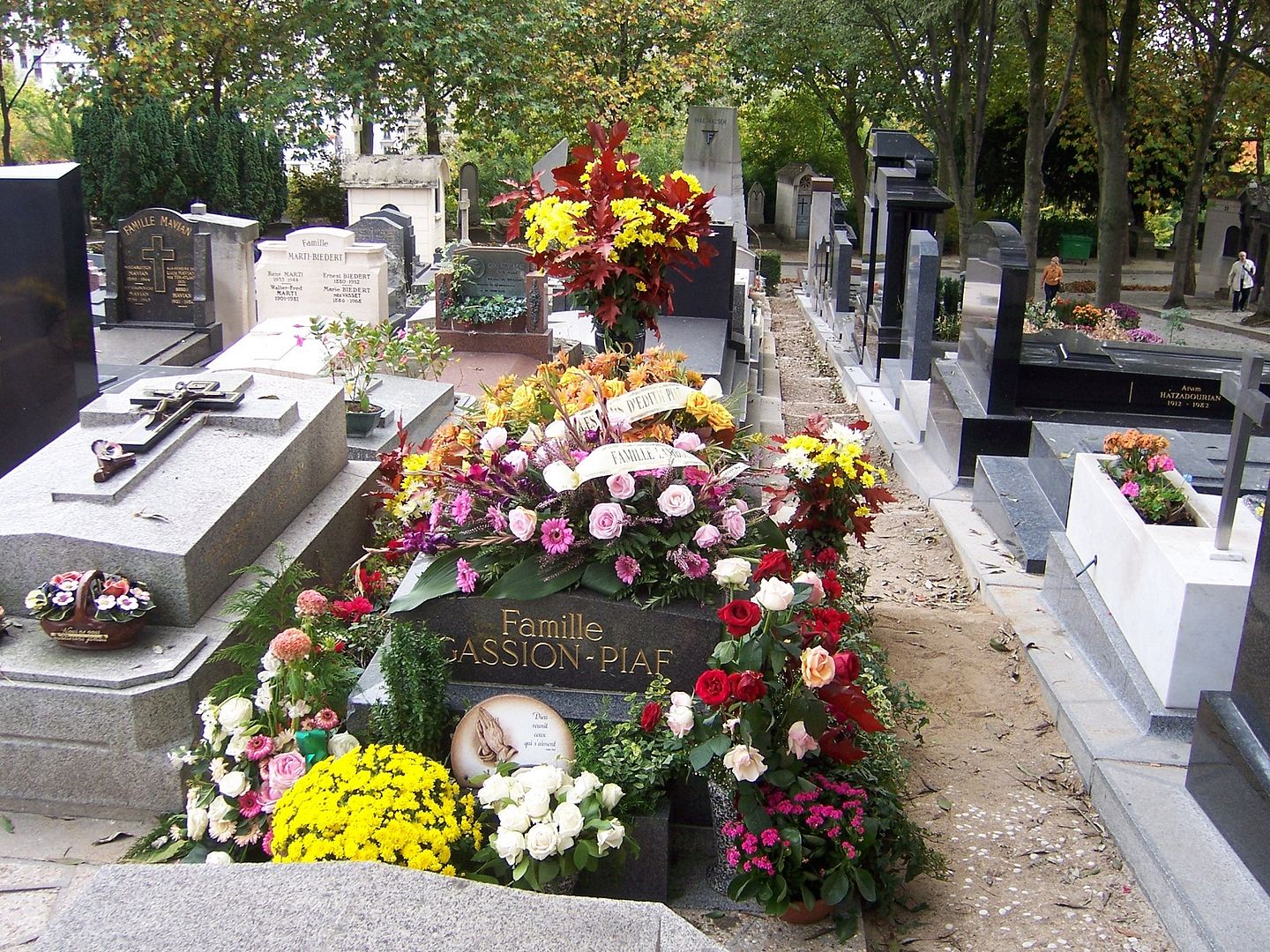


If there was ever a queen of the torch singer, it would have to be The Little Sparrow, Edith Piaf. She was born Édith Giovanna Gassion in Paris in December of 1915. Her parents were performers; her mother was a professional singer, singing in cafés, and her father a street acrobat. Of course, much of what has been said and written about Piaf's youth has been questioned, but it is said that before her father went off to fight in World War I, he let his daughter with his own mother, the owner of a brothel. Three is also a story that Piaf was blind from the age of 3, only to have the prostitutes pool their money to pay to send her on a pilgrimage honoring Saint Thérèse of Lisieux, which the author claims resulted in a miraculous healing when she was just seven.
When she was 14, she joined her father as a traveling performer, marking her the beginning of her public singing. When she was just 17, she had her only child, a daughter who died when she was just two years old. In 1935 Piaf was discovered in Paris by nightclub owner Louis Leplée,whose club Le Gerny off the Champs-Élysées, was frequented by the most fashionable of Paris. As the story goes, he brought her in to perform, and she was so frightened she was trembling, so Leplée called her "La Môme Piaf," or The Little Sparrow. She was 4'8". It was a name that stuck with her, as she was forever known as Edith Piaf from then on. But it was from her time in the club that she rose to fame. In 1946, she sang what is arguably her most famous song, La Vie En Rose.
In 1957, Piaf recorded a song she had heard on her travels in South America. The song, La Foule, translated to The Crowd, was originally a song written in Spanish by Angel Cabral in 1936. Once it was sung by Piaf, it became a huge hit.
In 1960, Piaf released a song I know very well, Non, Je Ne Regrette Rien. The song was written by Charles Dumont and lyricist Michel Vaucaire in 1956. However, it was Edith's recording that made the song famous. The English translation of the song would be "No, I regret nothing," which was the very way Piaf liked to live her life.
And, finally, in 1962, Piaf recorded À Quoi Ça Sert L'Amour with Théo Sarapo, whom she wed that same year. Théo was some 20 years younger than Piaf, so it raised many an eyebrow. They sang together often, and this song, translated to "What good is love," was a bit hit for them.
Piaf lived a rather tumultuous life. She had a rather public affair with boxer Marcel Cerdan, until died in a plane crash in October 1949, flying to meet Piaf. In 1951, she was in a bad traffic accident along with French troubadour Charles Aznavour. The result of the accident was an ever-increasing dependence on both drugs and alcohol. In 1952, she married Jacques Pills. Her Matron of Honor was Marlene Dietrich), only to divorced him in 1956. She married Théo Sarapo in 1962, but it did not last long. Piaf died on October 11, 1963, following a rough couple of months when she went in and out of consciousness. According to lore, her last words were "Every damn fool thing you do in this life, you pay for."

Tens of thousands of people showed up to her funeral in Paris. She was buried in Père Lachaise Cemetery next to her daughter who had died years earlier. Despite sharing the cemetery with the likes of Jim Morrison of The Doors, playwright Moliére, novelist Honoré de Balzac, and actress Sarah Bernhardt, it is said Piaf still counts far more visitors than any other celebrity interred there. Piaf was 47 when she died.

Ooh, careful. You'll send me on an Edith listening binge. One I really love is Hymne à L’Amour. ... Speck-Bella
ReplyDeleteSpeck-Bella, why shouldn't you - I was on my spree... LOL
ReplyDeleteI have already started on another Piaf post - and your favorite is involved...